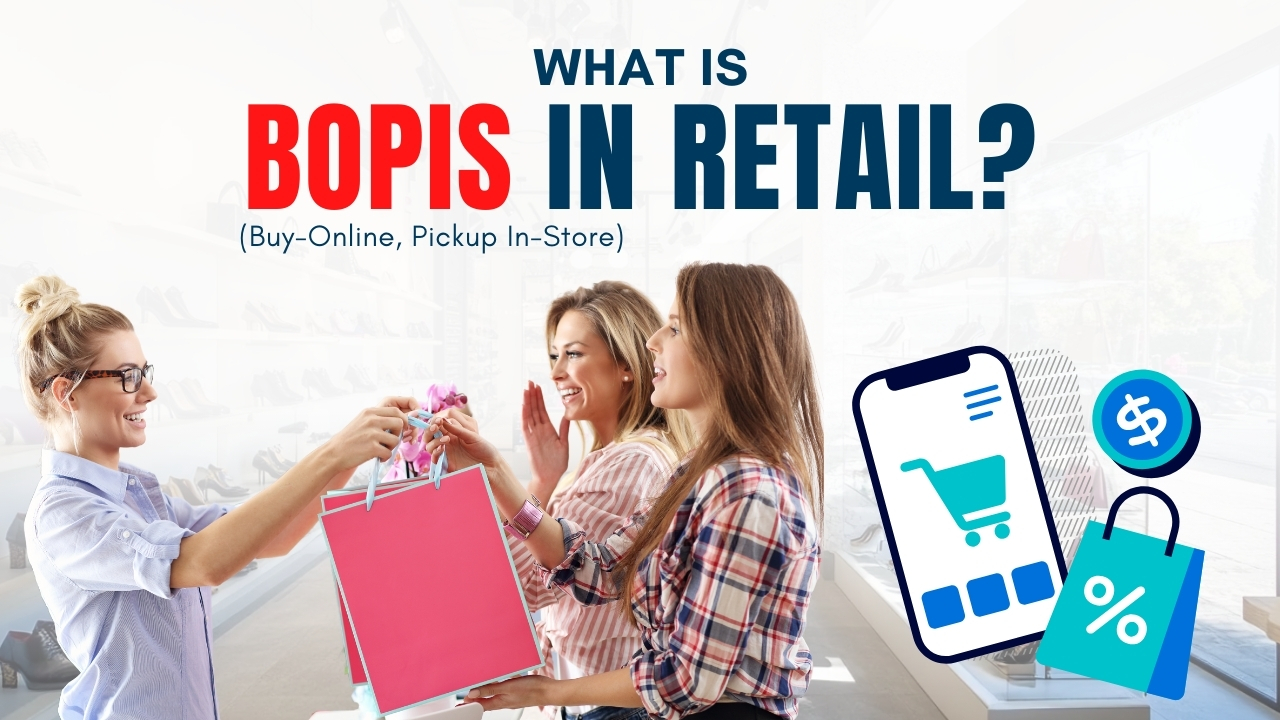Blog
3 Ways Drop Shipping Can Increase Sales for Retailers
September 6, 2024 / 7 minute read / By Nick Borowitz

Blog

Today’s customers demand a seamless experience from ordering online to delivery. But the complex process of fulfilling these orders across multiple channels and locations can be daunting.
That’s where drop shipping has emerged as a powerful fulfillment strategy for retailers to streamline operations and improve inventory management.
Drop shipping is a retail fulfillment model where a store doesn’t keep the products it sells in stock. Instead, when a customer purchases an item, the retailer buys it from or routes it through a third-party vendor, who then ships it directly to the customer.
This approach minimizes the retailer’s involvement in inventory management, reducing complexity and cost. We’re going to cover 3 ways that drop shipping can increase sales for retailers:
These drop shipping methods for retailers each have their own nuances, so we’re going to look at them in their broad picture and how to implement them.
Remember, depending on how you have your business set up or if you’re a vendor, how you integrate your catalogs, what works for one may not work for another.
We have covered the HOW of drop shipping. But WHY drop shipping helps retailers is because it means the orders route through your retail business, directly to your vendors and suppliers.
This point is unique because retailers can specify whether merchandise is shipped via a third-party distributor or not disclosed.
Depending on location, this could mean that the order may ship quicker than standard delivery options. Alternatively, there could be a delay, but this is assuaged by the fact that since the order ships from the vendor, there is tracking information, and the customer gets a secure sense of tracking information.
This method of drop ship fulfillment by vendors can lead to substantial cost savings for retailers. Without the need to maintain large warehouses, hire extensive staff for picking and packing, or invest in inventory that may not sell, retailers can allocate resources to other critical business areas such as marketing, customer service, and technology.
Additionally, since the supplier handles the fulfillment process, retailers can sell more orders quickly and efficiently, leading to happier customers.
While this is a good way to help expand, there’s always the possibility that the vendor can make a mistake. When this happens, take responsibility and communicate directly with your customers. Apologize for the error and explain how you will fix it. This builds trust and shows your commitment to customer satisfaction.
As a business grows, managing inventory and fulfillment becomes more complex. Drop shipping offers a scalable solution that can grow alongside your business. Whether expanding into new product categories or entering new markets, drop shipping allows you to do so without significant upfront investments in inventory or infrastructure.
One of the most significant advantages of drop shipping is the effect on your physical inventory management.
Traditionally, retailers must carefully balance their stock to avoid overstocking or stockouts, which requires meticulous planning, forecasting, and significant financial investment.
On the other hand, drop shipping allows retailers to offer a broader range of products without substantial inventory investments.
To streamline your order fulfillment process, automate from order placement to real-time tracking. This ensures accurate, prompt order fulfillment, reducing the risk of errors and delays. Additionally, inventory management software can be used to monitor stock levels across multiple suppliers, avoiding the sale of out-of-stock items and maintaining a smooth customer experience.
Don’t just offer products you sell from your vendors: sell the products vendors have directly from their catalogs!
Your suppliers and vendors have their own massive warehouses filled with millions of dollars worth of merchandise that your customers want to buy. When you tap into that expanded selection, you open up what is available to customers that will keep them coming back to your eCommerce website.
This can be done in different ways that makes it all available to be bought.
The first option is to display every single product a customer can buy on mobile kiosks within your brick-and-mortar store. They can scroll through the offerings as if they were also browsing your offerings. The vendor catalog blends seamlessly and can be browsed as such.
Retailers can also display the vendor catalogs directly on their own eCommerce website. When customers place an order, the order is generated electronically and goes directly to the vendor as covered above.
When customers see more merchandise offered by your business, they’ll want to return because they know that you have a wide selection that can often suit the needs of what they’re in the market to purchase.
Implement Security Best Practices
Adopt Simple Shipping Rules
Provide Great Customer Support
Consider Phone Support
Focus on Marketing
With the prevalence of fast shipping being on every customer’s mind, most retailers don’t have to look hard to their vendors to get started with drop shipping.
The process can be expedited when working with the right retail technology who already has existing partnerships and integrations setup. A retailer’s point of sale should also be configured in a way where shipment routing and management can all be done from the point of sale
This means that the process from purchase to order creation to shipping can all be viewed from one central system.
Drop shipping offers numerous benefits for retailers aiming to streamline operations, reduce costs, and expand product offerings. By adopting this fulfillment method, retailers can meet customer expectations for quick and efficient delivery while focusing on other critical business areas.
 Discover how the right product page optimization strategy can multiply your online conversion rates and… |
 Discover how BOPIS can help you improve sales and customer satisfaction. And how using the right retail… |